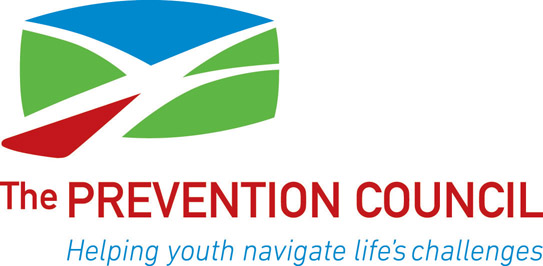As the winter holidays approach, communities need to be alert to underage drinking. Whether its college students reconnecting with high school friends, teens with greater accessibility to liquor cabinets well stocked for holiday celebrations, or youth attending drinking parties over the school vacation – underage alcohol use predictably increases this time of year.
The Shenendehowa Community Coalition encourages legislators in New York to take a serious look at what is commonly referred to as social host legislation. Twenty-seven states nationwide have already passed a statewide social host law, including our neighbors Massachusetts, Connecticut, New Jersey and Pennsylvania. The cost of underage drinking in NYS is just too high, both in terms of adolescent health risks and actual taxpayer dollars, to overlook legislation that directly targets the source of most teen alcohol use.
What is social host legislation? Local surveys show that rather than trying to buy it themselves, most youth who drink get alcohol from a social host — friends over age 21, sneaking it from home, or house parties. “Social host” refers to the person responsible for the location where underage drinking occurs. While existing law makes it illegal to sell or serve alcohol to minors, social host legislation extends clear responsibility to those individuals who allow underage drinking. This includes parents who are present but deny knowledge of drinking on their property or who leave teens at home unsupervised in spite of a history of underage drinking parties. It would also include college students who allow underage youth to participate in parties in their leased homes or apartments.
The law is not intended to apply to unwitting landowners who are truly unaware but to adults who demonstrate a pattern of negligence towards underage alcohol use on their property. Social host legislation serves a deterrent effect, encouraging property owners to prevent such parties.
Surveys show worrisome levels of underage alcohol use, including binge drinking, in Saratoga County. Rates are significantly above national and state averages. High school students, in focus groups conducted in 2009, said that underage drinking is “mainstream” and mostly occurs at house parties. 80% of kids who drank alcohol said they did so “at someone’s home.” By grades 11-12, binge drinking rates among youth in southern Saratoga County exceed the state by over 14 percentage points (43.4% vs. 28.2%). Tellingly, 12th graders in focus groups deny much binge drinking occurs until it was defined for them as 5 or more drinks in a row.
This reveals that binge drinking is actually very common and that, in fact, 5 drinks is viewed by most as moderate alcohol consumption. A 2004 publication of the National Academies of Sciences finds that underage house parties are high risk settings for binge drinking and associated alcohol problems. Very young drinkers are often introduced to heavy drinking behaviors at these events.
According to the Surgeon General, there are 5,000 deaths per year in the U.S. among young people under 21 as a result of alcohol use. No parent wants their child to have an alcohol problem, be involved in an alcohol-related crash or sexual assault, fall out a window during spring break, or suffer from alcohol poisoning. Yet, many adults dismiss underage drinking as a “rite of passage” or “kids will be kids.” Unfortunately, however, teens experience a wide range of problems when they are involved with alcohol and binge drinking. Fights, injuries, regretted sexual encounters, and property damage are directly connected to teen alcohol use. Regular use before age 15 leads to a five-fold increase in the likelihood of future alcohol abuse problems over those who delay drinking until age 21.
There are financial costs associated with underage drinking as well. In 2007, according to the NYS Office on Alcoholism and Substance Abuse Services, the state spent over $3.4 billion to address problems related to adolescent alcohol use. This includes $230 million for youth alcohol treatment, $128 million for property damage costs, and $119 million associated with injuries youth suffered while under the influence of alcohol.
Communities have options for reducing underage drinking and its dangerous consequences, and no one strategy is the answer. The greatest impact comes when a community delivers a consistent message about teen alcohol use. A social host law provides law enforcement officials an important tool to prevent tragedy rather than react to it. It assists both the adult and the child to make wise decisions. Finally, social host legislation reinforces a consistent message that underage drinking is unhealthy, unsafe and unacceptable.
Thank you for your consideration.
Sincerely,
Evan Williamson
Coalition Coordinator
Evan Williamson coordinates the Shenendehowa Community Coalition, an initiative of the Saratoga County Alcohol and Substance Abuse Prevention Council located in Saratoga Springs, NY. The Shenendehowa Community Coalition was formed in 2006 to build a community environment that promotes healthy development and growth for youth. In partnership with the school district, the coalition conducts surveys and focus groups with middle and high school students annually.
Join the coalition at Shenendehowa East High School Library on Wednesday, December 7 at 7:00 p.m., for a high school-aged panel on underage drinking and a community discussion of social host legislation. For more information, contact Mr. Williamson at 581-1230.
